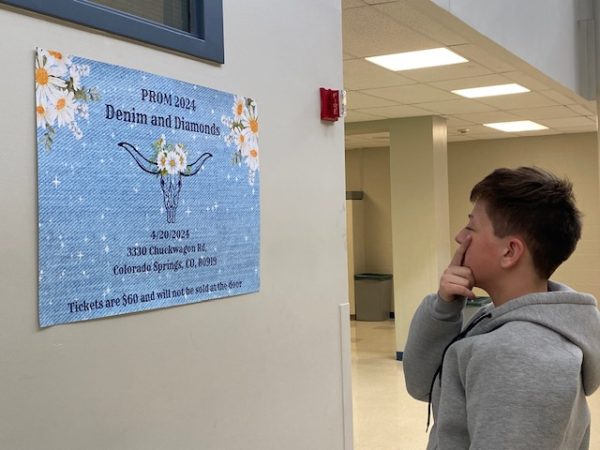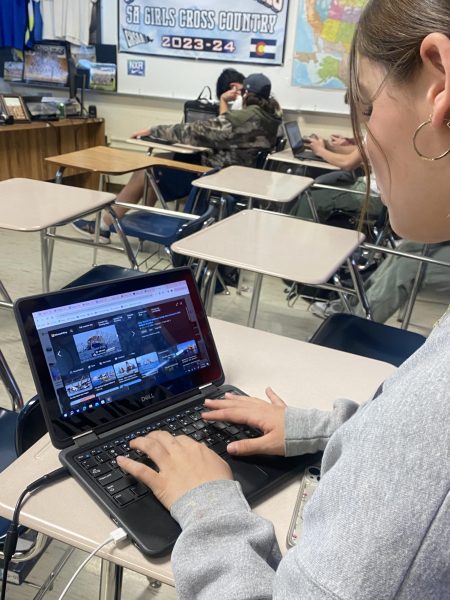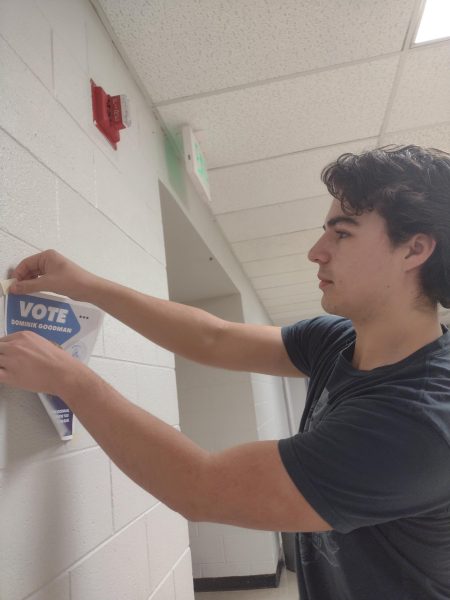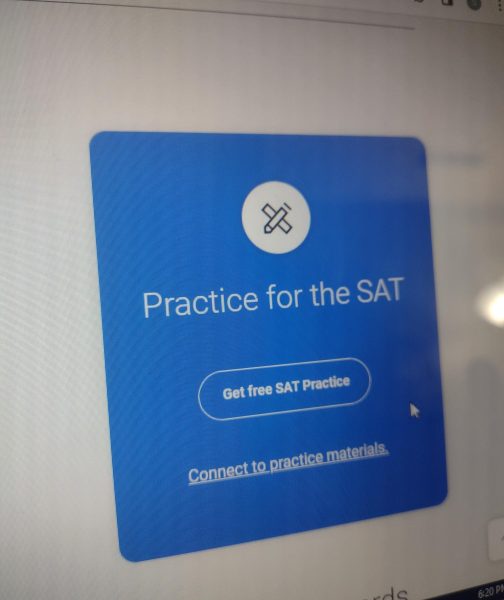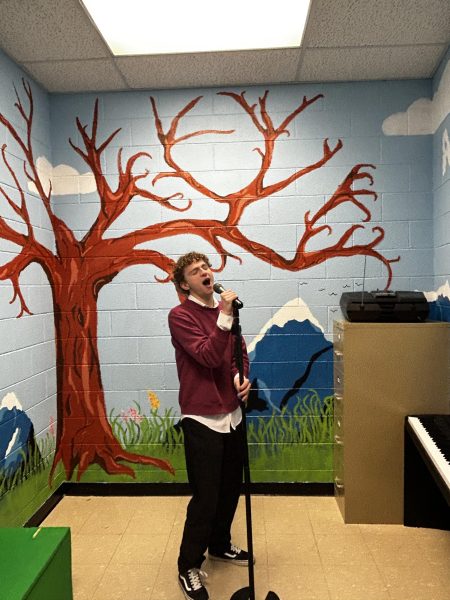Why is College So Expensive?
Well…we need to talk about about college costs.
It’s easy to forget that beyond the toothy grins and euphoric success stories plastered on college brochures lies what is essentially a corporation.
And, in the dog-eat-dog world of capitalism the best way to navigate this world of corporations is to be an educated consumer.
Let’s face it, economics can be confusing and–unfortunately–rife with corruption (laissez faire isn’t always fair). So, let’s take a candid look at the economics of college: the good, the bad and the ugly to finally get to the bottom of where these high costs are coming from.
Just How Bad Is It?
It’s no secret that the cost of college has increased more rapidly than inflation. However, just how rapidly prices are rising is startling.
According to the College Board, average tuition and fees at schools has increased 3.1 percent per year beyond the rate of inflation in the from 2008-2009 to 2018-2019 school years, which is actually down from 4.1 percent in the decade prior. This may not sound dramatic; but this rate paints a dismal image of future costs.
“A lot of states have established that tuition can only go up a certain percentage but there are no rules about how much student fees can go up…colleges find loopholes,” explained AAHS College and Career Counselor Eric Beers.
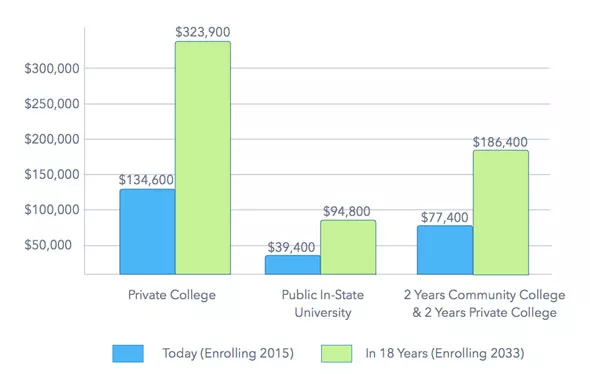
When asked how these climbing costs affect college accessibility Beers said, “[The rising costs make attending more difficult] especially for people who can’t afford it at all: first generation students, lower income students…It really is hardly fair anymore. It’s such an expensive endeavor.”
He went on to clarify that, while he believes it is important for students to understand the value of higher education by investing in it, tuitions have risen to a near ludicrous degree.
“I think having to put some skin in the game is important but when a college costs $60,000 [a year]…that’s not really realistic for most kids either,” he said.
But, what are the reasons behind the data? What could have possibly brought us to the precipice of this college crisis?
Supply and Demand
A common reason given for rapidly rising college cost is the increased population attending college. More and more Americans are viewing college as a necessity rather than a mere option.
According to an article from Business Insider, increased demand for college drives up costs immensely. The article cites economics professor Richard Vedder.
“There’s a fear of failure if you didn’t have a postsecondary education,” Vedder explained, going on to identify the irony that the “advantage of a [four year undergraduate] degree today is less than it was 10 years ago, because of the rising cost.”
Regardless of whether that belief is founded or not, people feel like they need to go to college to be successful. They are willing to pay anything to go to university and if they can’t pay–they go into debt.
The Debt Crisis
The word debt seems like it should be followed by some sort of “dun dun dun.” It’s the big “baddie,” the Darth Vader the idea that strikes fear into the hearts of college students and their parents alike.
But, the disease of debt transcends a personal burden. It has infected our entire society, and some economists claim it is actually making college even pricier.
Imagine you’re in charge of a company like…Dunder Mifflin Paper Company. You’re the CEO of Dunder Mifflin and Dwight gives you a report that the consumer basis can no longer afford the price of your paper. What do you do?
Well, your first instinct was probably to slightly lower the cost of the paper so people can continue to buy and Staples does not drive you out of business.
But, what if you were given the power to issue “paper loans”? Now you can keep the price the same. Heck you can even raise it! Just tell consumers that they are not expected to pay for the paper and that they need to take out loans.
This is a rather sloppy and over-simplified analogy (Full disclosure: I am not an economics major). Still, the general reasoning illustrates the Bennett Hypothesis first posited by William J Bennett in 1987. The hypothesis claims that increased federal loans drive up tuition by increasing the amount of money in the system and by providing universities alternative options to lowering their price tag.
The hypothesis proves to be controversial though, as there is no saying to what extent this influences college costs. It’s fairly safe to say that without as many student loans, the price of college would still be increasing. However, since economics are multifaceted and complex, the jury is still out.
Increased Amenities
College is no longer seen as a place to take a class in and leave. It is now a thriving, bustling community expected to provide food, housing and to look pretty while doing it.
All these added amenities from rock climbing walls to flower beds come at a high cost.
In fact, a common rumor surrounding Stanford claims that each palm tree on campus costs one student’s yearly tuition (about $50,000) to maintain. While this rumor has long been debunked–and, according to Stanford Daily, the cost is not nearly this substantial–maintaining this exotic flora does take valuable resources.
Campus uptake is a huge priority to universities. The campus is generally prospective students’ first exposure to the college. It’s the first thing they see and it makes a huge impression. With more students applying than ever before, universities are feeling the pressure to continue to attract top talent.
“Colleges compete with each other for who can have the nicer, newer buildings…[this is] usually charging students,” said AAHS College and Career Counselor Eric Beers.
But, colleges don’t just compete over prettiest campus and best mowed lawns. They also duel over professors, especially those that are well established in their given field. Beers explained that, while professors are not typically paid a lot, “To keep professors, they [the university] have to pay them more.”
After all colleges are not only in the business of educating, but also in that of marketing. They are selling a look, a new home for prospective students a promise of access to top professors and research.
Realistically, this look comes at a cost.
Enclaves for the Rich
Many private schools–looking at you Ivy League–have garnered a not-so-stellar reputation for being magnets for the rich and exclusive to most outside the top income bracket. While it is true that many such institutions have tried to shake this impression with promise of increased need-based aid, it is hard to say if these methods have been generally successful.
According to The New York Times,“Access to top colleges has not changed much [over the decades].” The article also highlighted that schools including Dartmouth, Princeton, Yale, Penn and Brown have more students from the top 1 percent of family income than from the entire bottom 60 percent.
The rich have gotten richer, the poor poorer and the college application process more demanding financially. While it is true that Ivy League students work hard and are generally very talented individuals, there remains a “pay to win” mentality associated with these schools.
94 of the top 100 Ivy League feeder schools are exclusive private high schools; the highest of which is Trinity College, with 41 percent of each graduating class Ivy-bound.
Trinity College also has an annual tuition of $42,540.
Add this on top of extensive SAT tutoring and college essay coaching, and Ivy League schools become profoundly pricey before college even begins–attracting, to put it mildly, a wealthy clientele.
Or, you can just use that money to blatantly cheat your way to the top.
So what does this have to do with college cost?
Well, with more than enough wealthy families clamoring to pay full tuition, many institutions are left with no incentive to lower prices. Attracting the wealthy also attracts funding and potential sponsorship for continually developing campuses as well as helps to maintain the “elite” reputation of certain schools.
This course of action makes sense economically. However, it notably leaves behind the middle and lower classes.
Stagnant Incomes and Lowering Taxes
Incomes have notoriously failed to keep up with the rising cost of living. Silicon Valley especially is infamous for this with teachers unable to afford rent and instead living in their cars.
On top of this, policy-makers face resistance to increased tax programs that would further invest the government in making education more affordable for everyone.
An article from The Washington Post indicated that after the 2008 economic recession, higher education funding per student decreased by up to 23 percent.
“If higher education is a public priority, increased demand would lead to investment that keeps pace with that demand. It’s a policy choice to not do that, or more specifically, to seek lower tax revenues at the expense of funding public higher education,” said political analyst Mark Huelsman in the same article.
Don’t Panic!
It may look grim for the future. However, Beers assured that there continue to be feasible ways to deal with the increasing financial strain of college.
“Utilize everything you can at your college because you’re paying for it…Try to be a Resident Assistant…at most colleges this pays your room and board…Utilize work study. Apply for every scholarship you can,” Beers advised to college-bound students.
He also pointed out that “a growing number of students are starting at a community college…and moving to a four year college [later].” This option of transferring is always available, and can be a valuable tool to significantly cut down college price.
Merit Aid can also be a huge help to students. Many public schools and some privates offer half to full tuition scholarships for students ranking in the top percents of SAT scores and GPAs of their applicant pool. Students can also find scholarship opportunity with the PSAT NMSQT: a test that can be taken in the fall of junior year. Those with competitive scores may be named National Merit Semifinalists and later Finalists. They are then eligible for tuition-plus scholarships and even full cost of attendance at many institutions.
So, to all those juniors out there: Yes, studying for the SAT does really pay off.
Solving Systemic Issues
The rising price of college is clearly a systemic problem permeating itself throughout modern society. However, it also hits very close to home. According to CreditSesame, Colorado ranks just above Alabama in its funding for higher education.
“Colorado is second or third lowest for funding higher education. We say bachelors, masters and doctorate degrees are important to us; but we don’t put any money behind our words at all,” said Eric Beers.
He identified the hypocrisy, “Colorado has so many people with degrees; yet we fund education so poorly. It’s called…the Colorado Paradox.”
And Colorado is not alone. Many states lag behind in their funding of higher education, and both state and national governments seem hesitant to initiate meaningful intervention in the situation.
In my mind, corruption in college cost is akin to that of unregulated corporations, and needs to be addressed in a similar manner.
During the Gilded Age (late 1800s) companies and business owners were profiting at the expense of the public. From monopolies to hazardous meat, things were looking pretty rough–that is until everyone’s favorite buck-toothed president Teddy Roosevelt intervened. In fact, a fundamental part of Roosevelt’s trade-mark Square Deal was his promise for consumer protection.
This is a promise that we are now failing to keep in the domain of college. The American public deserves access to affordable education. They deserve not to be cornered into the gloomy tunnel of student loans. They deserve to live in a society that puts its money where its mouth is and values making higher education more accessible to everyone.

Hi! I'm Hillary; but, I go by Hill, Larry or anything in between. As a senior with a serious height deficiency, I won't take it too personally if you think...




